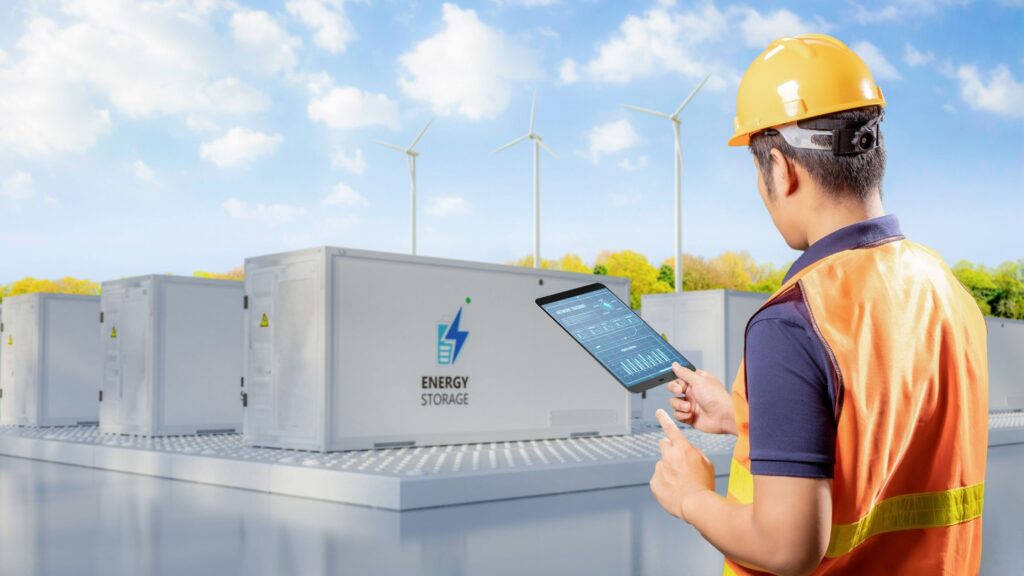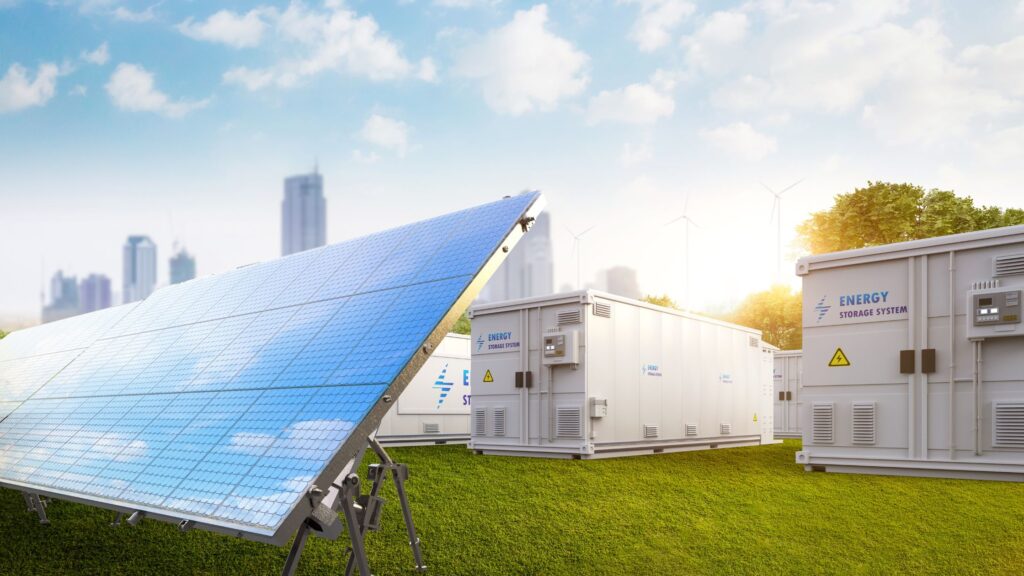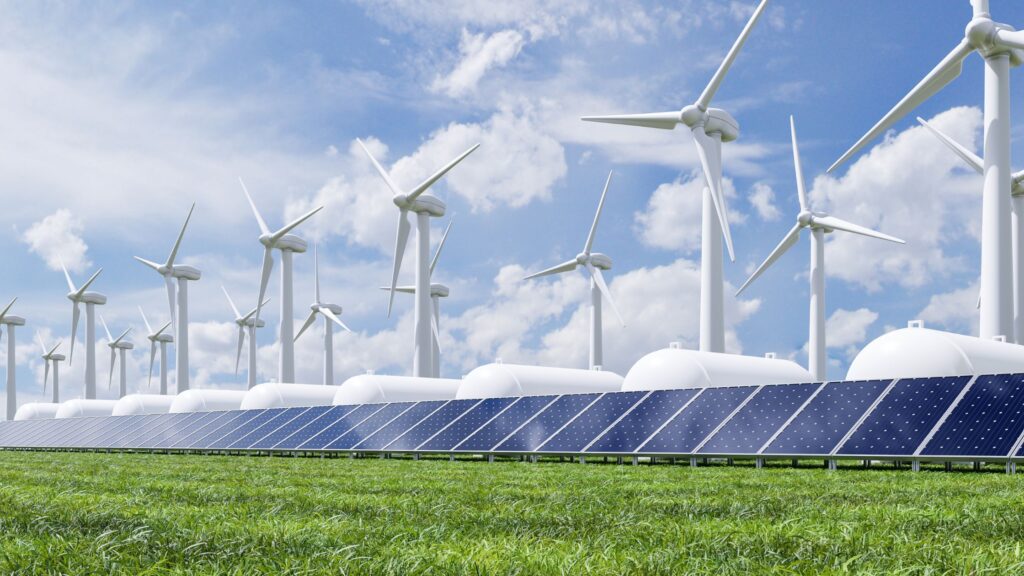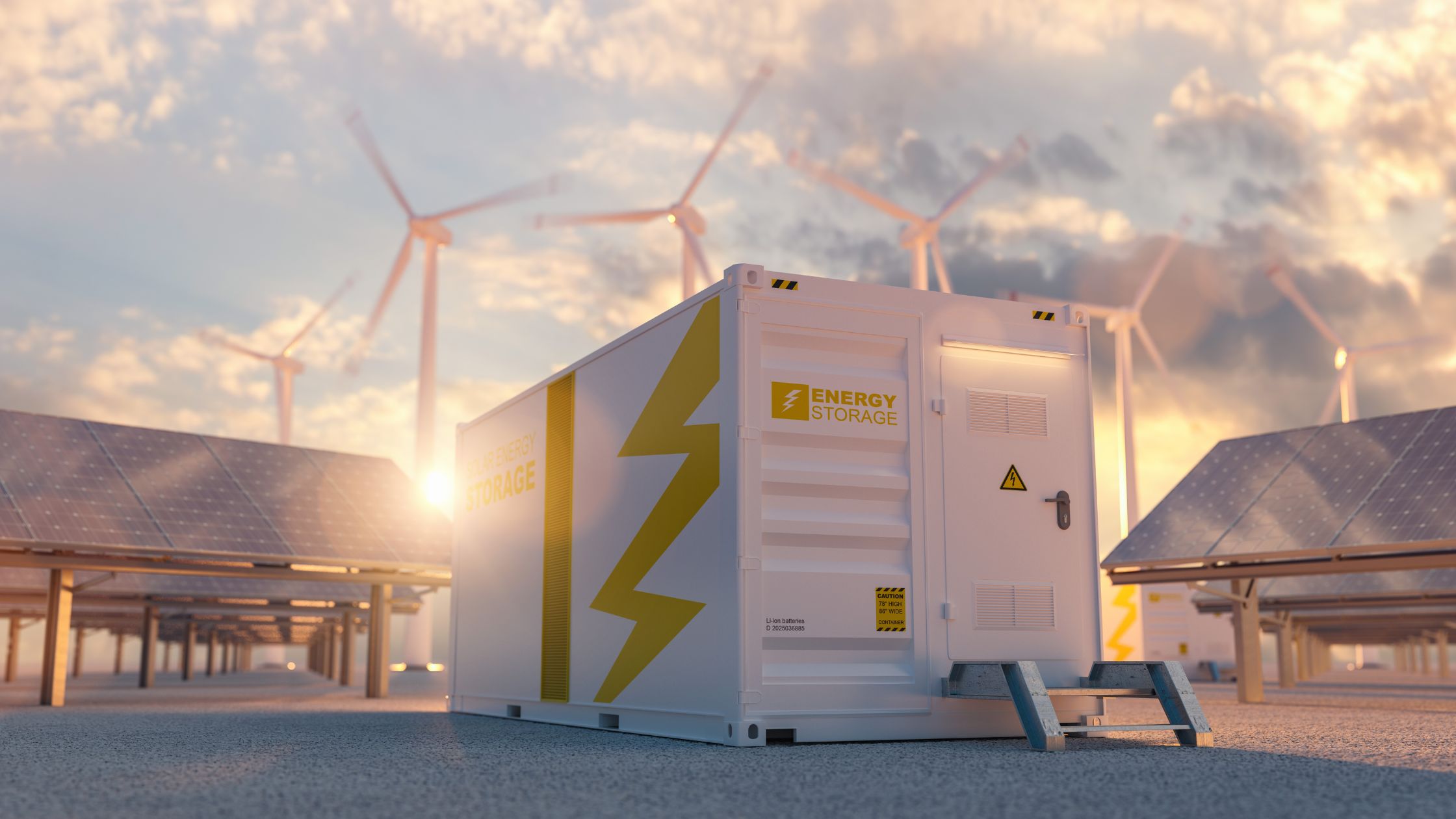Introduction
In today’s world of rising technology and renewable energy, the battery system helps reduce the greenhouse gas and minimizes pollution. The ability to store the extra power makes it imminent that no energy is going to waste along with net-zero emission to combat climate change.
By storing extra energy generated during the production period it ensures a reliable supply of power when sources are unavailable. Additionally, It provides grid stability and results in sustainable energy in future.
Moreover, In this blog, you will learn about energy storage, including various methods, applications, and the future of Its technologies.
Understanding
- Definition and Importance:
- Energy storage is the ability to retain energy at a time and use it later. Various storage devices help save energy for later use. In simple words, the ability to store energy for later use is called energy storage.
- Energy management helps conserve energy and manage resources. Moreover, By using energy-saving practices it reduces waste and adopts sustainability by reducing the ecological footprint.

How Energy is Stored:
- Furthermore, Various methods are the usage of batteries and thermal and mechanical systems. All these systems are paired with software which discharges the energy.
- Mechanical storage methods: Moreover, storage like pumped storage, batter, compressed air storage and other sources.
- Chemical storage methods: Furthermore, include storing chemicals indefinitely, chemical storage regulation and safe flammable storage.
- Thermal storage methods: sensible heat storage, molten salt technology, hot silicon technology and latent heat technology.
- Electrical storage methods: pumped hydro, flow batteries, compressed air and supercapacitor.
Types of Energy Storage Systems
- Mechanical Energy Storage::
- Flywheel : Moreover, it works by accelerating the rotor to a high speed and storing energy in rotational energy.
- Compressed air (CAES): Furthermore, this plant provides energy storage at low costs ranging from $400 to $500.
- Pumped hydro storage: Additionally, this system works on hydroelectric water storage which configures two water reservoirs at different modes.
Chemical :
- Batteries (Lithium-ion, Lead-acid, and flow batteries) : Moreover, use chemical potential to store energy in batteries.
- Hydrogen : it is a highly versatile, efficient energy carrier which consists of high energy density.
Battery Storage
- Introduction to Solar Energy Storage:
- Sustainability and renewability are some of the notable features of solar energy. Non-renewable energy like fossil fuel, is finite and makes solar power a renewable energy.
- Batteries are pumped by solar energy which is stored by chemical energy allowing the current to exit the battery.

Types of Energy Storage Batteries:
- Lithium-ion batteries: Moreover, they are a type of rechargeable battery which uses a reversible Li+ to conduct solids.
- Lead-acid batteries: Additionally, this is a rechargeable battery which was first invented by a French artist.
- Flow batteries: Moreover, it is a type of chemical energy provided by chemical cells.
- Advantages and Challenges:
- Furthermore, Some Benefits of solar battery storage are reduced energy bills, energy independence, electric bill saving and backup power.
- Moreover, Some Challenges and solutions in implementing solar battery systems are site assessment, cost consideration, maintenance, monitoring and environmental concerns.
Renewable
- The Role of Renewable Energy Storage:
- Renewable energy sources like wind and solar addresses the nature of renewable sources allowing energy sources to ensure reliable supply.
- Storage enhances the reliability and efficiency of renewable energy as it provides backup power and mitigates renewable energy sources.
- Technologies for Renewable Energy Storage:
- Battery storage systems: this storage system is charged with electricity produced from renewable energy like wind and solar.
- Pumped hydro storage: this system is powered by water reservoirs at different elevations which are powered by water.
- Flywheel : this system stores energy from the movement of rotor wheels where the energy is stored as rotational energy.
Green Energy Storage Solutions
- Definition and Importance:
- Renewable energy helps in storing systems where there is excess generation of capacity during low electricity.
- The environmental benefits of green energy storage solutions are the reduction of greenhouse gasses by strong energy and help meet the demand curve.
- Innovative Green Technologies:
- Eco-friendly batteries: Moreover, lithium-ion batteries are eco-friendly and strike a balance between sustainability and performance. By using the ion to electrical energy.
- Furthermore, Recyclable and sustainable materials in it : include solar cells, fuel, supercapacitors and nanocomposites.

Future of green energy
Furthermore, Green energy is expected to grow between 2023-2028, with solar PV and wind usage to double in developing countries like India, Brazil, and Europe.
Conclusion
In conclusion, energy resources help in improving the stability of power grids. Furthermore, This acts as a buffer in supply and demand preventing voltage. To know more about it visit Cryptogreen. To stay informed about Its technologies and consider sustainable practices in their energy consumption. If you like this vlog consider liking the blog and leaving your experience in the comments below.
FAQ Section
- Definition and what’s Its important?
Furthermore, It helps to store excess energy and discharge to meet where the demands are required.
- How is energy stored?
By using rechargeable batteries, the chemical energy is transferred to electrical energy when required. For example, the battery in your phone operates in the same way.
- Name the different types of storage systems?
Moreover, Different types of electrical energy are pumped storage hydroelectric, batteries, solar electric and flywheels.
- How does solar energy battery storage work?
Solar panel batteries world by storing excess energy in solar panels during the day when the sun is not there.
- What are the benefits ?
Renewable energy guides in preventing replenishment of non-renewable resources from going to waste. Solar panels are made in such a way to store and generate electricity when required.
- What is green energy storage and how does it differ from traditional methods?
renewable energy generates power without producing greenhouse gases like a waste product, unlike fossil fuel. By using renewable energy the system relies less on non-renewable energy like coal or oil.
- Name some of the futuristic trends in its technologies?
Future trends like renewable energy, electrochemical batteries, flywheel storage, hydrogen, and other lithium alternatives.



